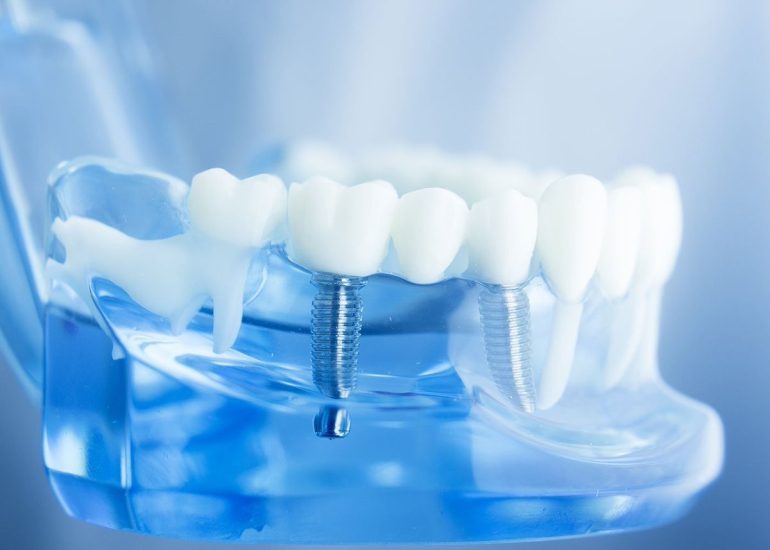- Dentists at UB utilize AI to enhance dental care procedures, focusing on periodontics like implants and gum surgeries.
- Dr. Nathalia Andrade highlights AI’s role in data assimilation from mouth scans and X-rays for precise treatment planning.
- AI enables visualization of implant positions and future crown placements, facilitating patient understanding.
- Ongoing development involves teaching AI new applications, recognizing its role as a surgical aid in dentistry.
Main AI News:
In a groundbreaking development, dentists at the University at Buffalo (UB) are leveraging artificial intelligence (AI) to revolutionize dental care. Contrary to any apprehensions, there’s no need to envision a robot wielding dental tools for your next root canal. Instead, AI is being deployed to enhance various aspects of dental procedures, particularly in the realm of periodontics, encompassing implants and gum surgeries.
Dr. Nathalia Andrade, a distinguished professor at UB, underscores the pivotal role of AI in streamlining dental interventions. Through a meticulous process involving mouth scans and X-rays, AI enables dental practitioners to assimilate copious amounts of data. “We merge that in the software, and then we can plan the perfect position for the implant,” explains Dr. Andrade. “We can even plan for how it’s going to be a crown in the future. We can show the patient how it’s going to be.” This integrated approach allows for comprehensive treatment planning, transcending conventional boundaries between different dental specialties.
Moreover, Dr. Andrade emphasizes the ongoing evolution of AI in dentistry. While acknowledging that AI isn’t flawless, she underscores its utility as a valuable surgical aid. “We are still developing how to use AI and teaching the AI tool new things,” she states. This dynamic outlook underscores the collaborative synergy between human expertise and technological innovation in advancing dental care. As Dr. Andrade aptly advises her students, AI represents not a panacea but a powerful adjunct in the dentist’s toolkit, enhancing precision and efficacy in surgical procedures.
Conclusion:
The integration of artificial intelligence into dental care practices at UB signifies a paradigm shift in the industry. This innovative approach not only streamlines treatment planning but also enhances precision in surgical procedures. As AI continues to evolve, its application in dentistry holds immense potential to redefine standards of care and elevate patient outcomes. Dental professionals and stakeholders must embrace this technological advancement to stay competitive and deliver superior services in the evolving market landscape.

